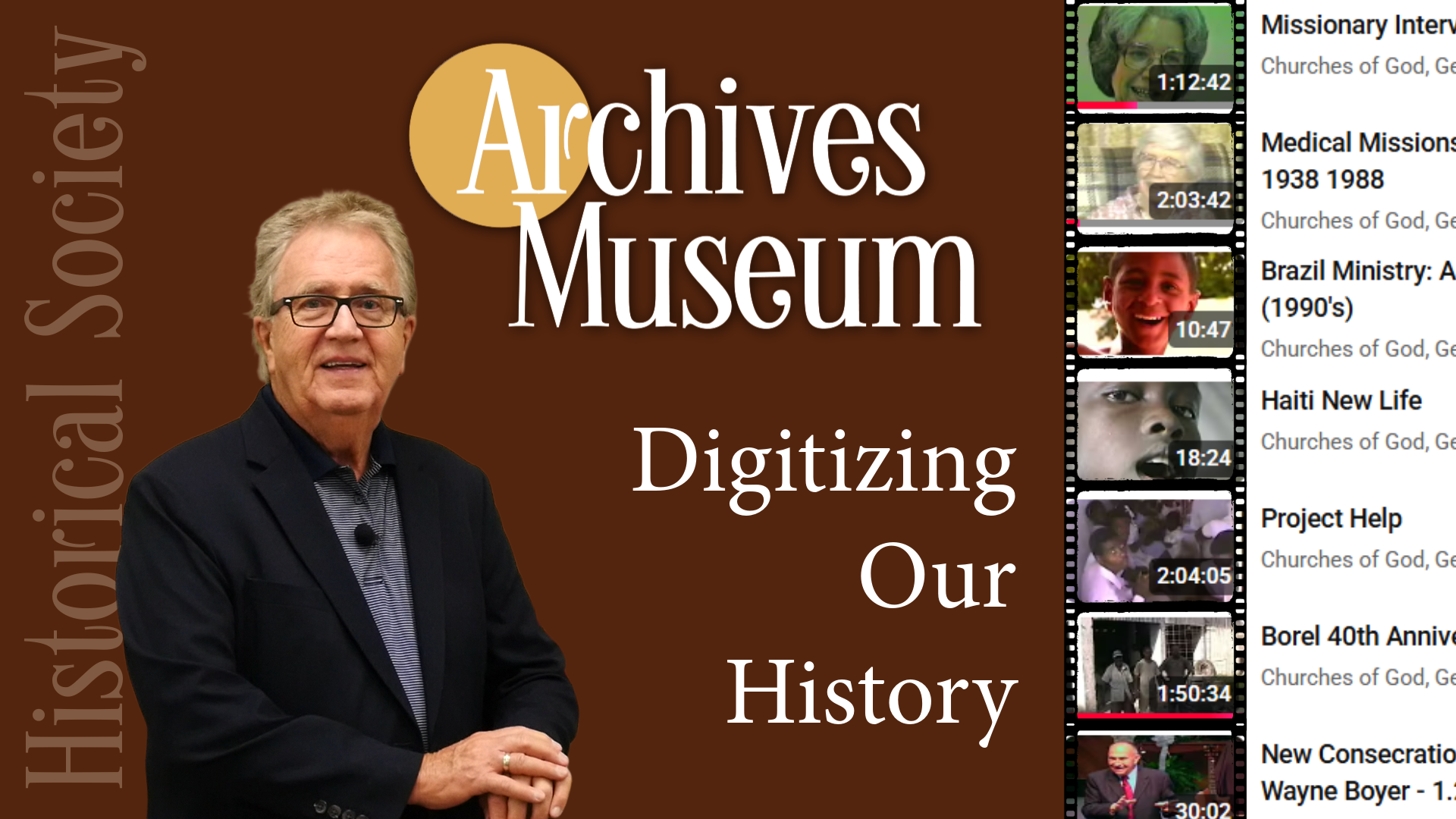
In our first piece about Technology in the Church, we ended by mentioning that we believe the Bible offers clear principles that technology is essential to how we spread the gospel. That idea actually understates how I personally feel about the issue. I don’t just believe the Bible offers clear principles, but I believe the Bible (along with many examples within it) is itself a principle of technology put into action.
That is to say, the Bible is a piece of technology, created to help us carry out the Great Commission. God could have chosen to reveal Himself in many different ways, but He chose to do so with the written word, in our time, mass produced and printed, and now in digital forms, indexable, text searchable, copy and paste-able, audio book listen-able. Of course, describing the Bible as “technology” is insufficient as a wholistic description, but it is true, nonetheless.
By technology, we mean a literal definition, not the colloquial meaning about gizmos, gadgets, and electronics. The word “technology” comes from the Greek tekhne (art, craft) and logia (which the Koine Greek scholars among us will recognize from the root word Logos, or “Word”). Despite my MDiv degree, I’m no Greek scholar, but if I’m allowed the indulgence of playing with Greek a little, we might say that if the Jesus is the Logos (the Word), then the Bible is the Tekhnologia (the art/craft of words).
Another word we might use to describe the written text of the Bible is “medium”. As in, the Bible is a medium for stories, knowledge, and revelation about God. In Latin, media is literally a middle layer in blood vessels, or the path on which blood travels. Put another way, the path on which life travels. The physical book that we hold in our hands, which we call the Bible, is the road that God’s revelation has travelled to get to us. When Jesus, the Word, says that He is “the way, the truth and the life”, we begin to understand how the written text is a medium which carries new life.
Okay, word play and digging through dictionaries is plenty of fun, but semantic arguments like this are rarely convincing.
Instead, let’s consider how we can see evidence in the text of the Bible, and in Biblical archeology for the progression of media forms. Scholars and historians are certain that in many cases scripture was orally recounted and transmitted well before it was written. Now, this probably isn’t the case for texts like Paul’s letters, but for a majority of the Old Testament, and for the gospels, there is strong evidence for a progression from the oral word to the written word.
This orality is crucial to our understanding of how scripture came to be in its current form. And it’s crucial for understanding that God, in His infinite wisdom, used humans and human media to transmit His revelation in a variety of forms, suited in each age to the culture, and climate to which it was intended.
But why make such a change? If orality was used at one time, why did the scroll, and subsequently the codex (book) become the predominant media of scripture?
Historian Susan Niditch, in Oral World and Written Word (1996) tells us that “studies of literacy in ancient cultures suggest that fewer than 10 percent of the population were literate in ancient Greece, perhaps only 1 percent in Mesopotamia and [ancient] Egypt.” And that, “Far more was heard or spoken rather than written or read.”
That is to say that the means of communication in the earliest times of the Old Testament was an age of orality. It was an oral world, not a written world, and therefore oral communication was the method of communication that God chose. It was the method that worked.
We see only that God’s revelation transforms to written as writing becomes more universal. That is to say, more fit for the purpose.
We can see the same transition happen not only in the physical medium from oral to written, but in the language used. The Hebrew language of the Old Testament changes to Greek in the New Testament. Why should this be the case when it’s common knowledge that the oral language of Jesus and the disciples would have been Aramaic? The answer is probably obvious but the implications are massive. While Aramaic was popular in speech in that area, God meant for the Gospels to travel far and wide, to be effective in whatever region it landed in the Mediterranean world and beyond. For these purposes, Greek was the lingua franca.
We know that, for instance, Deuteronomy 31 is similar in style and structure to other Ancient Near Eastern (ANE) literature. This isn’t to say that the author of Deuteronomy copied other works, but that the style and conventions of Deuteronomy 31 were culturally significant, and that in writing the account, the author of Deut 31 may have used the conventions of the day to help communicate the message clearly.
Much of the Old Testament shares style, structure, or aesthetics with other ANE literature. The lamentations of the biblical prophets sound remarkably like the lamentations of the Sumerian, Babylonian, and Assyrian prophets (like this Sumerian Lament over the destruction of Urim). This was done precisely because the readers and hearers would have understood what the cadence, repetition, and context meant. It means that God’s revelation, in using cultural forms of media, is conveyed more seamlessly to His audience.
Indeed, Paul’s letters take on a classic Greek style which any literate Greek would have immediately recognized whether they understood anything about scripture or not. This is not dissimilar from a modern email that beings with “Hello John” and ends with your business address, website URL, and contact information.
You might well ask what any of this has to do with Technology in the Church. Talking about Sumerian lament structure might feel like a tangent to a discussion about modern technology in our churches, but I promise, it’s not! It is precisely this preoccupation with the conventions of different forms of communication that have landed us at the thoroughly modern versions of the Bible that we carry with us in our pockets.
God’s message must reach the people. Whether by oral word, text etched into stones, painstakingly copied onto parchment, stamped with a press, sent by email, or in an app on your phone. The Word of God, Jesus Himself, must be known and made known, regardless of whether it’s the original words in Greek, or in Latin, or in German and French and Old English, or in a variety of regional dialects.
The question for us, and for our children, and for their children will always be the same. What technology, what medium, what form of communication is best suited to speaking Jesus to the people that need to hear Him?
Jesus is the same yesterday, today, and forever, but the ways He is revealed to people will change as the cultures change, and as Christians, we need to be ready for that change, and consider deeply the consequences of getting it wrong.
CGGC eNews—Vol. 19, No. 20





Login To Leave Comment